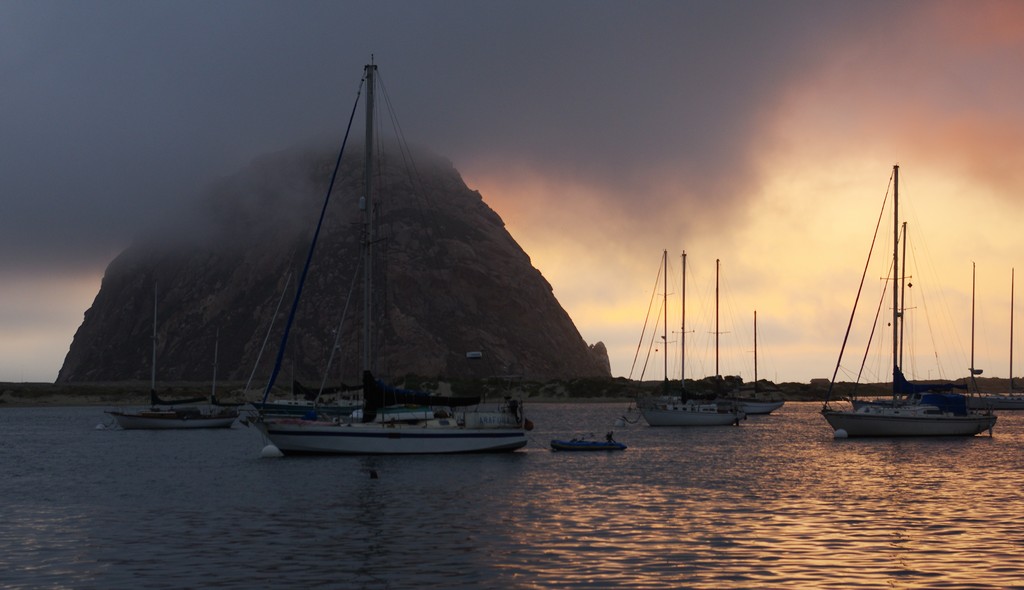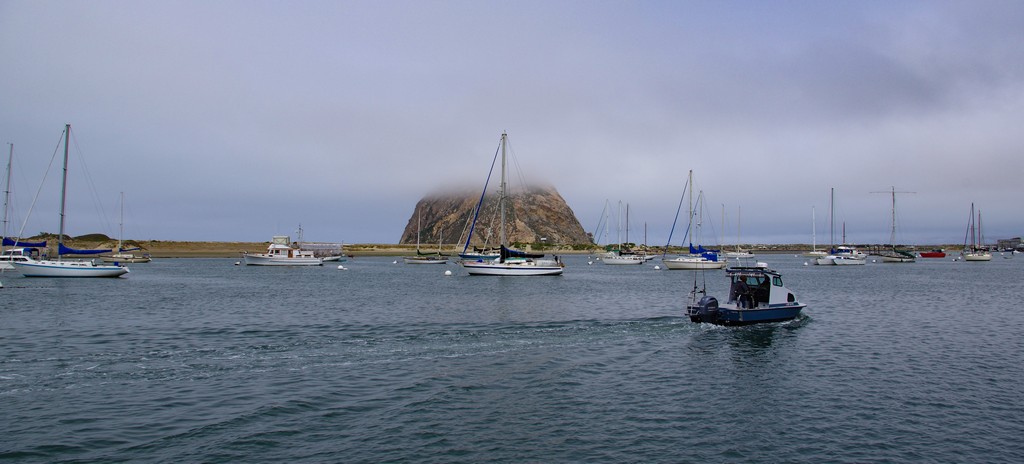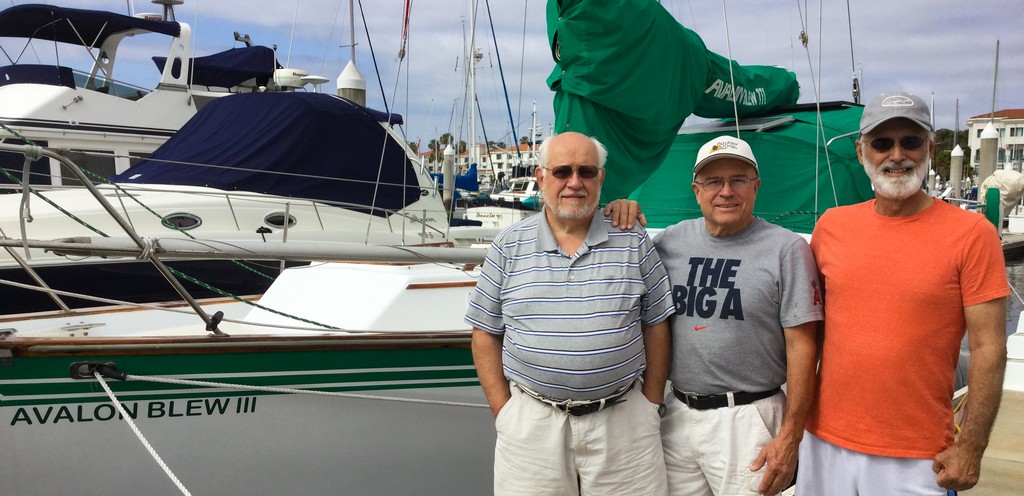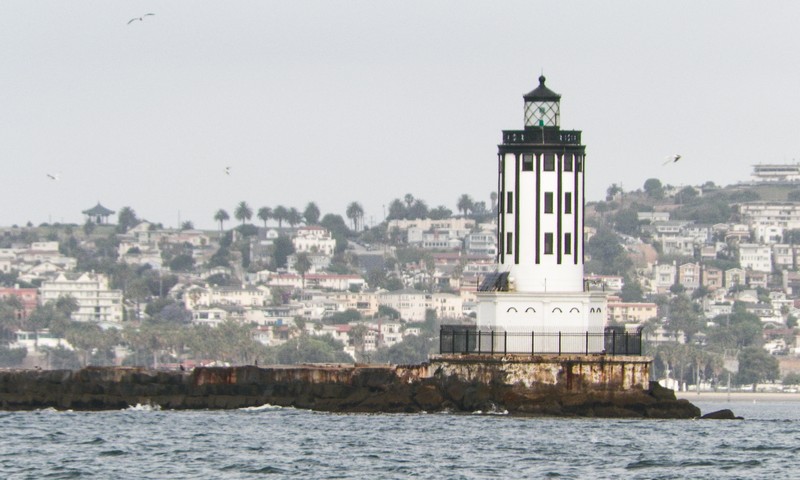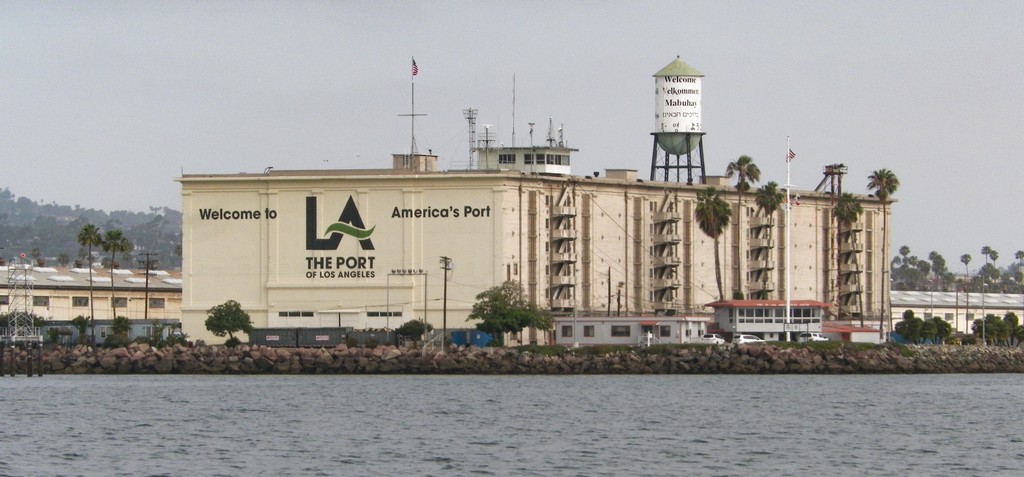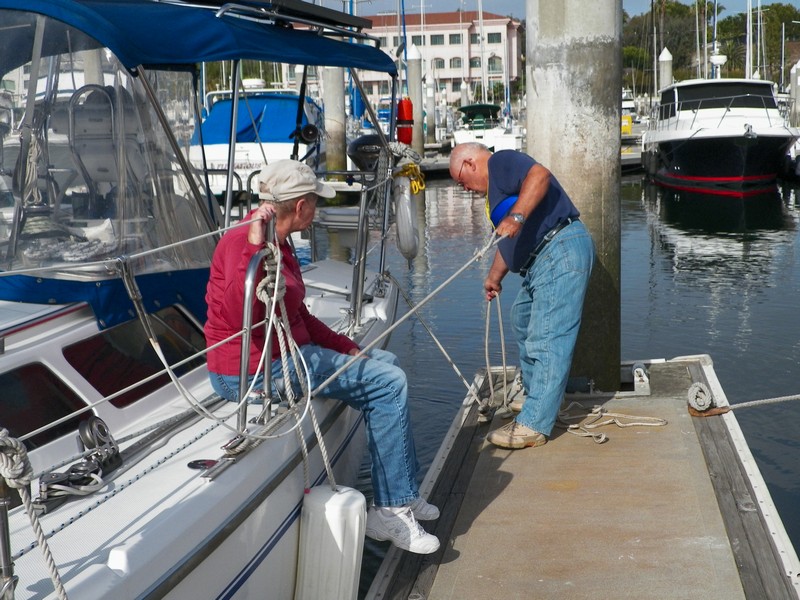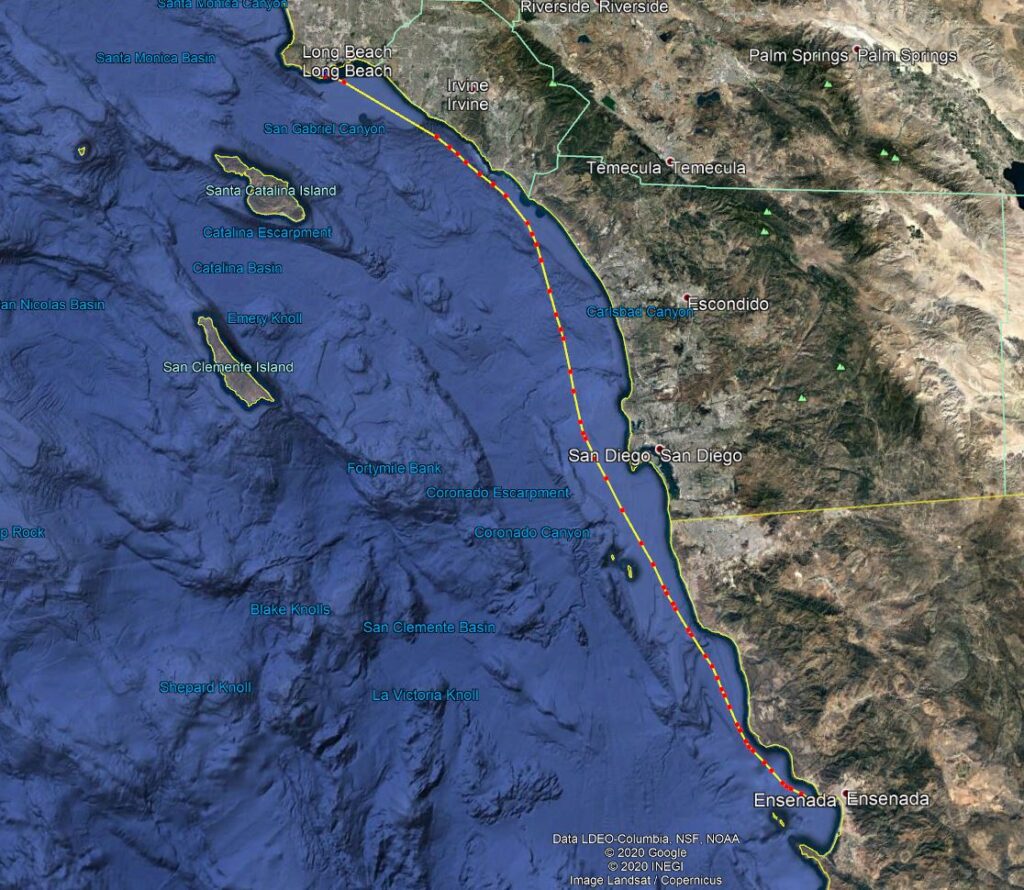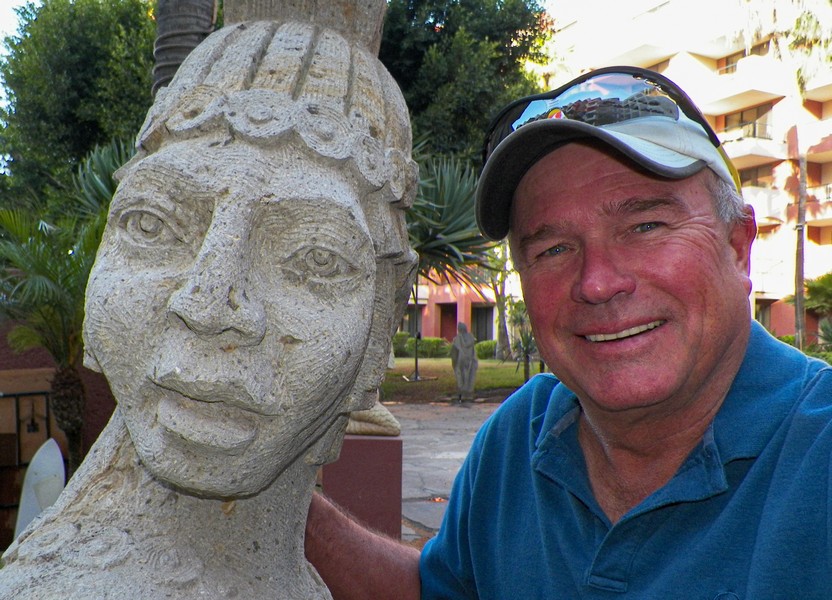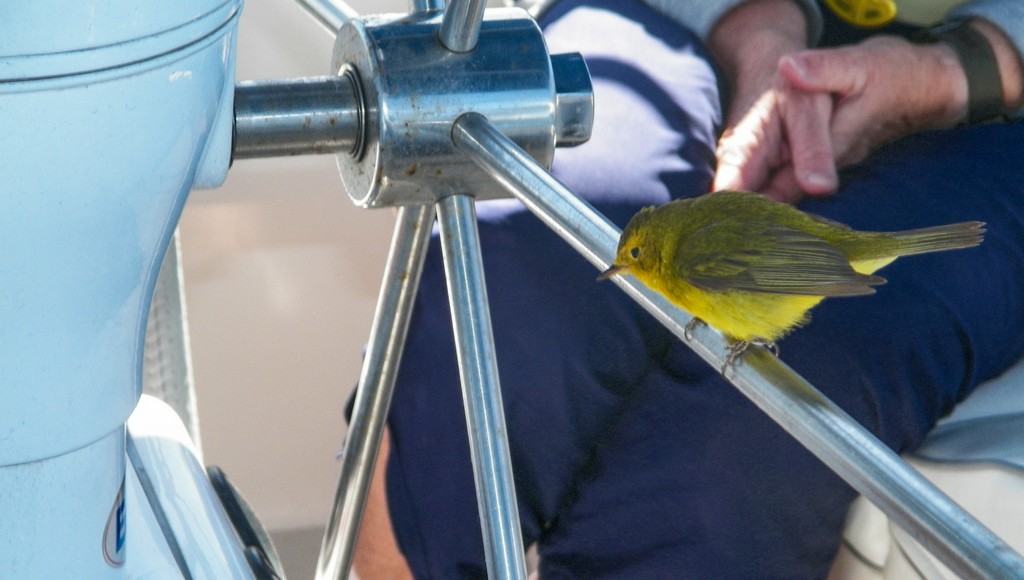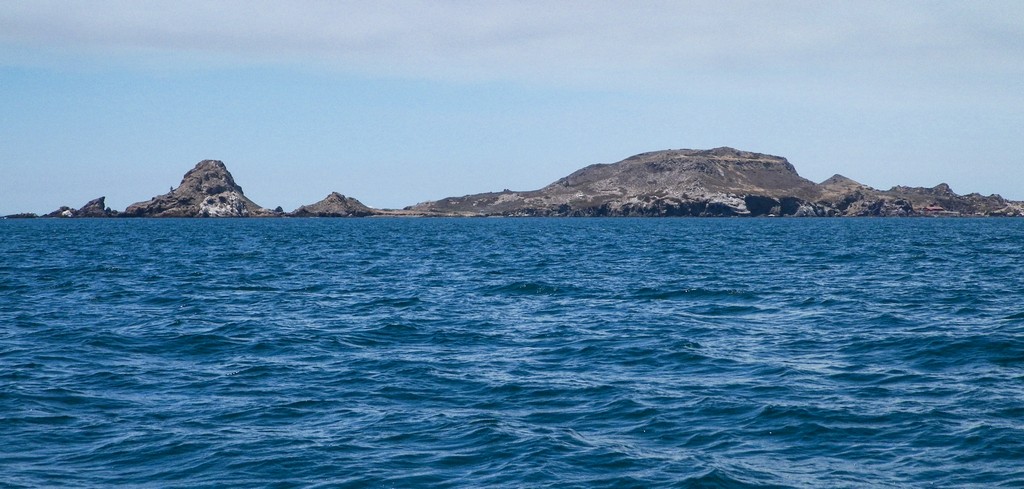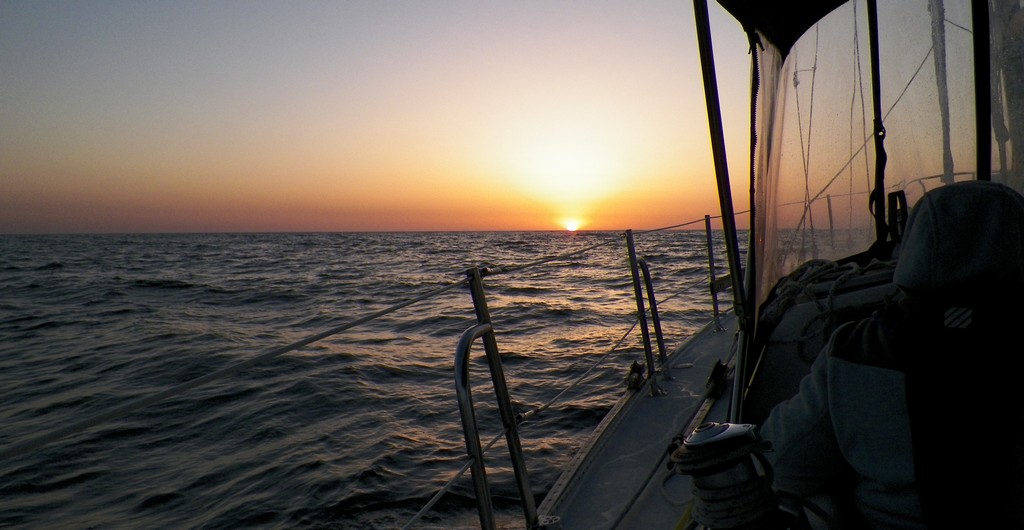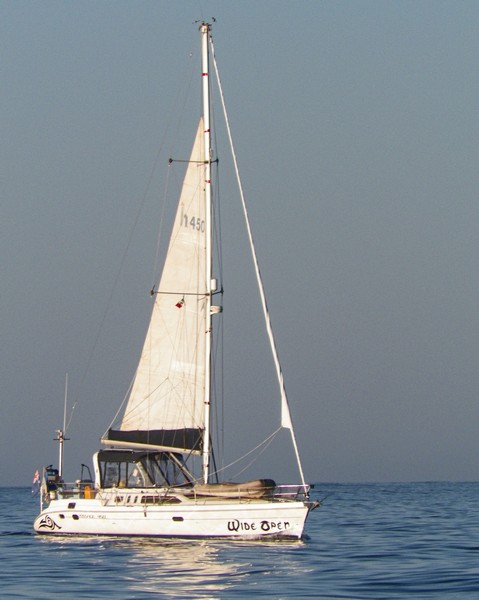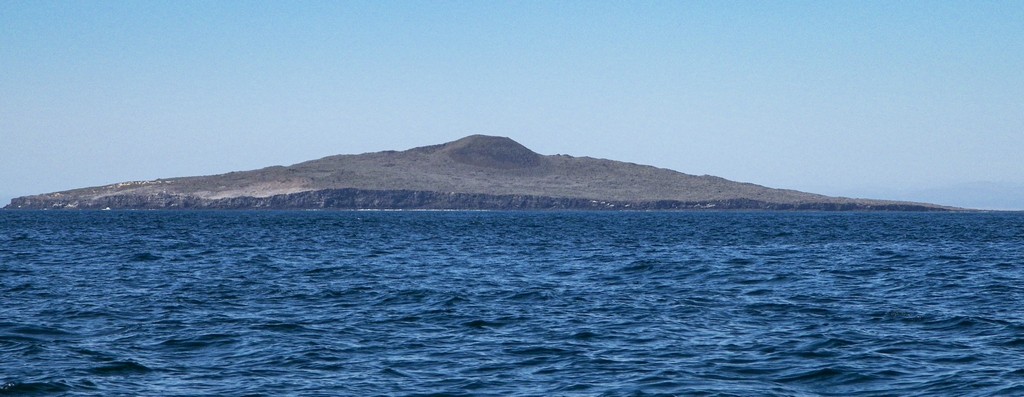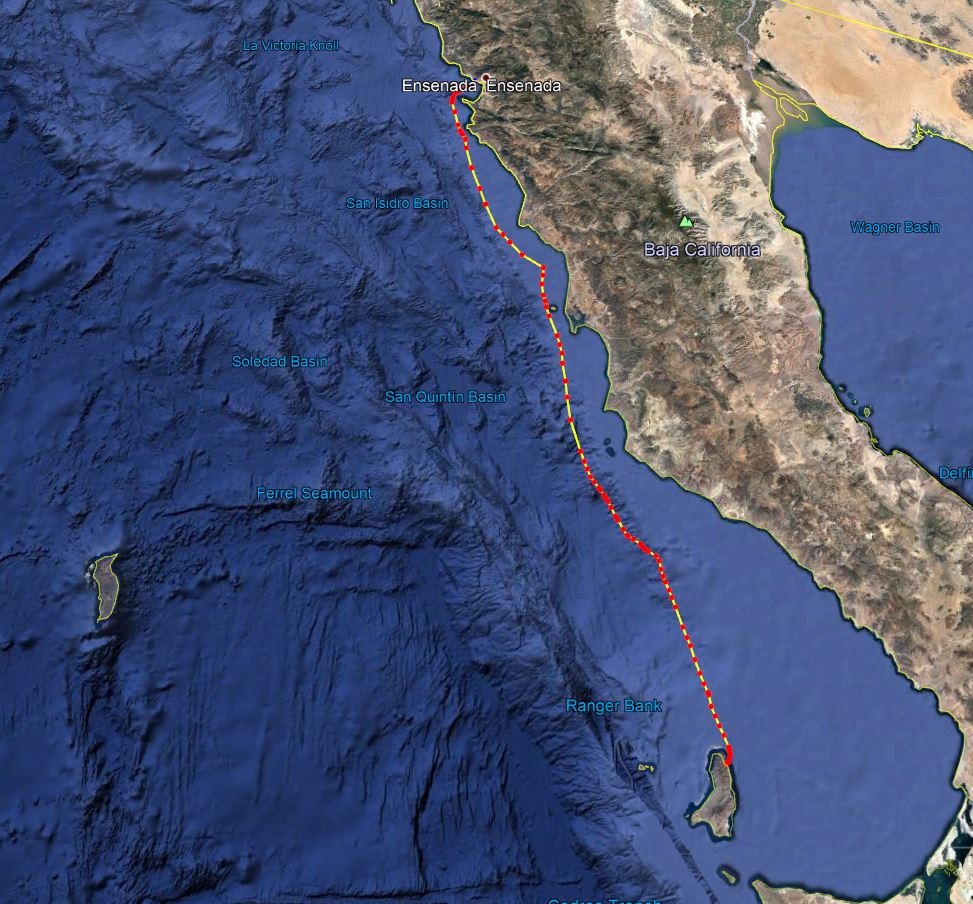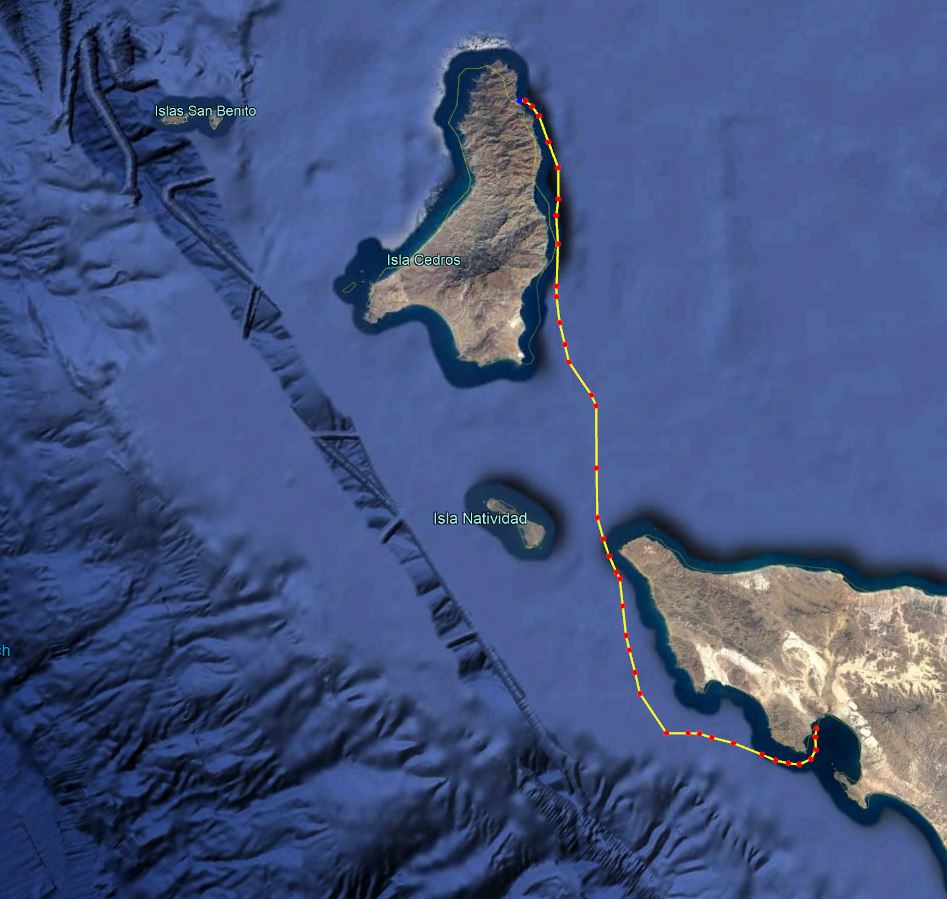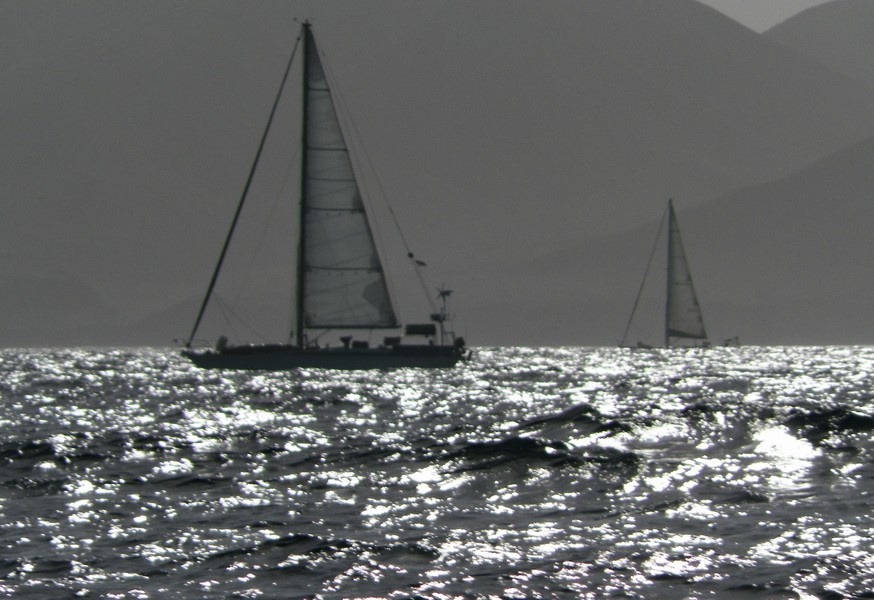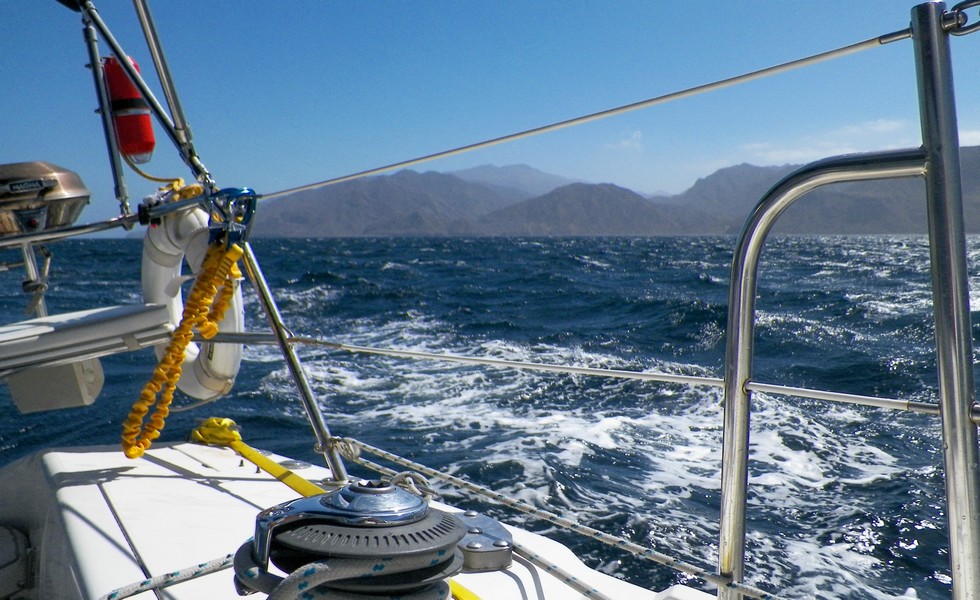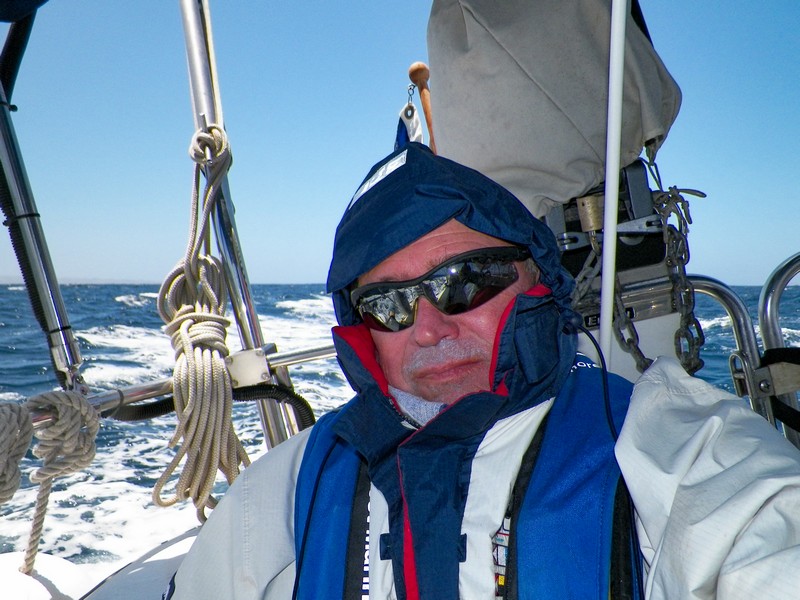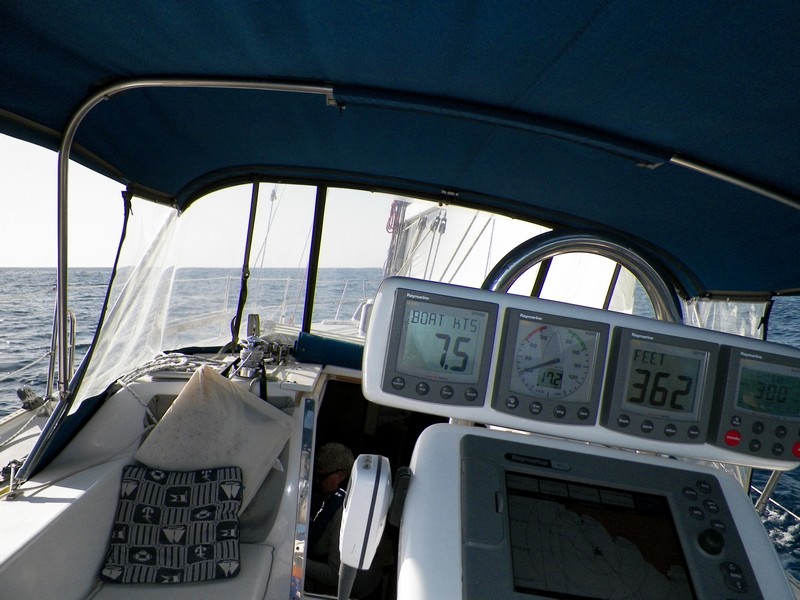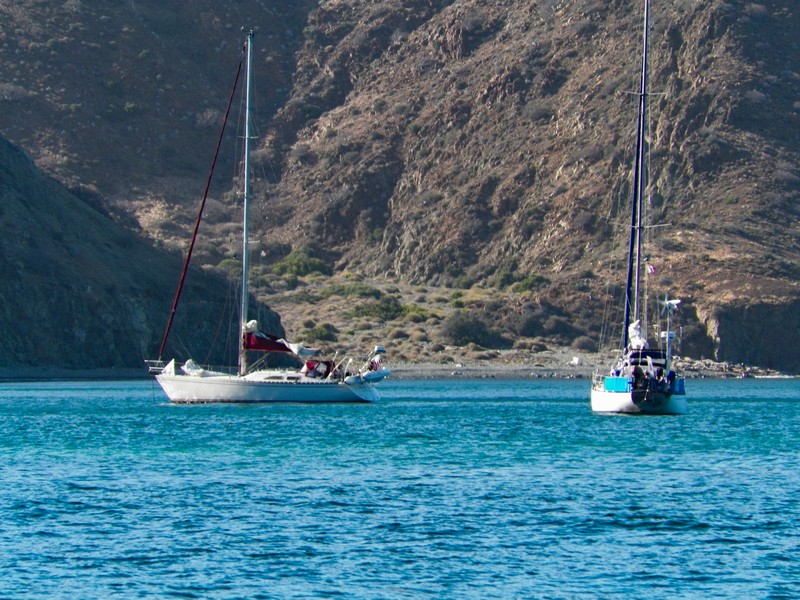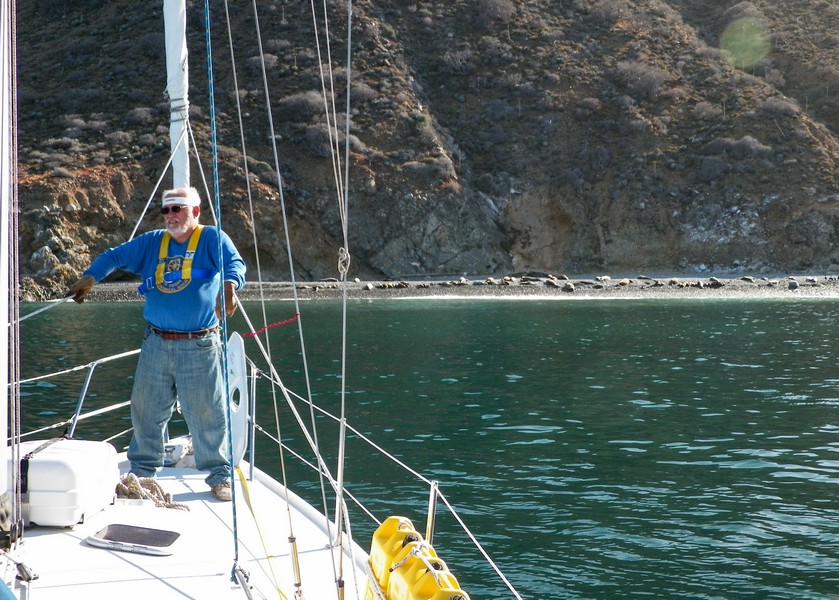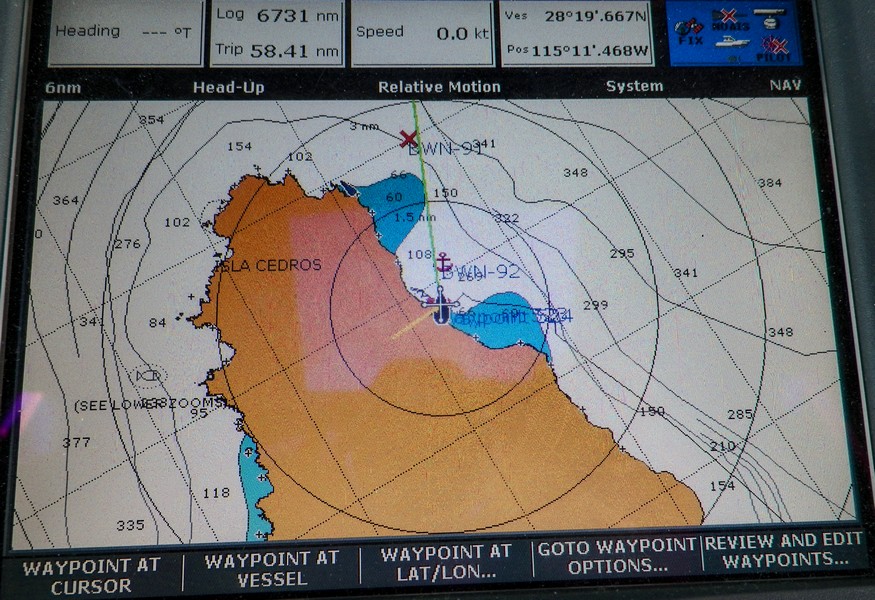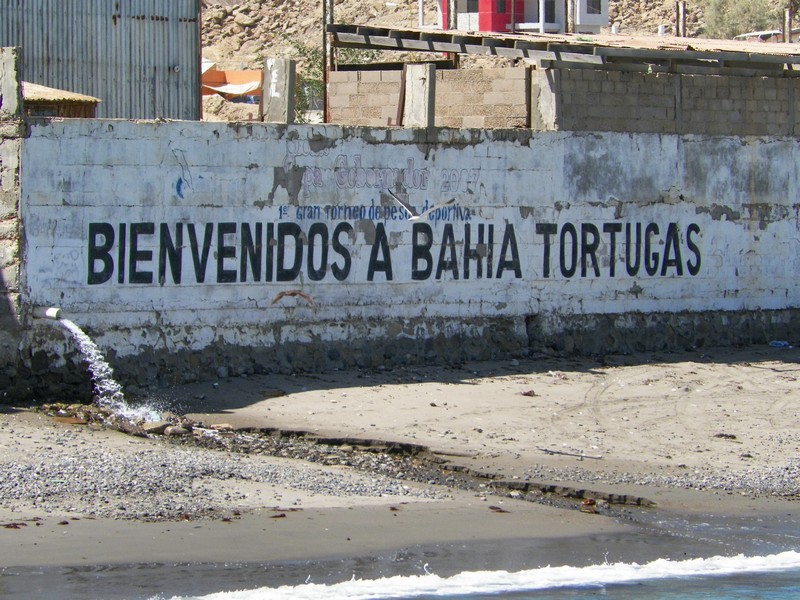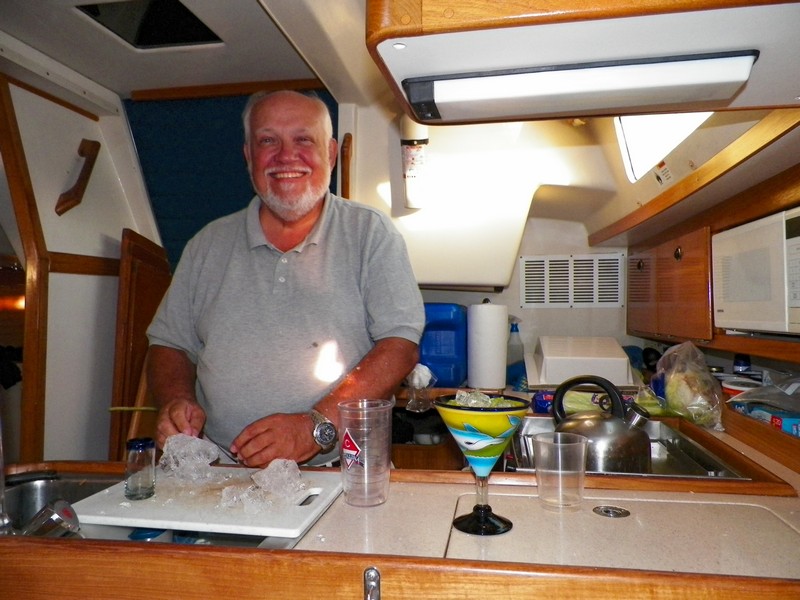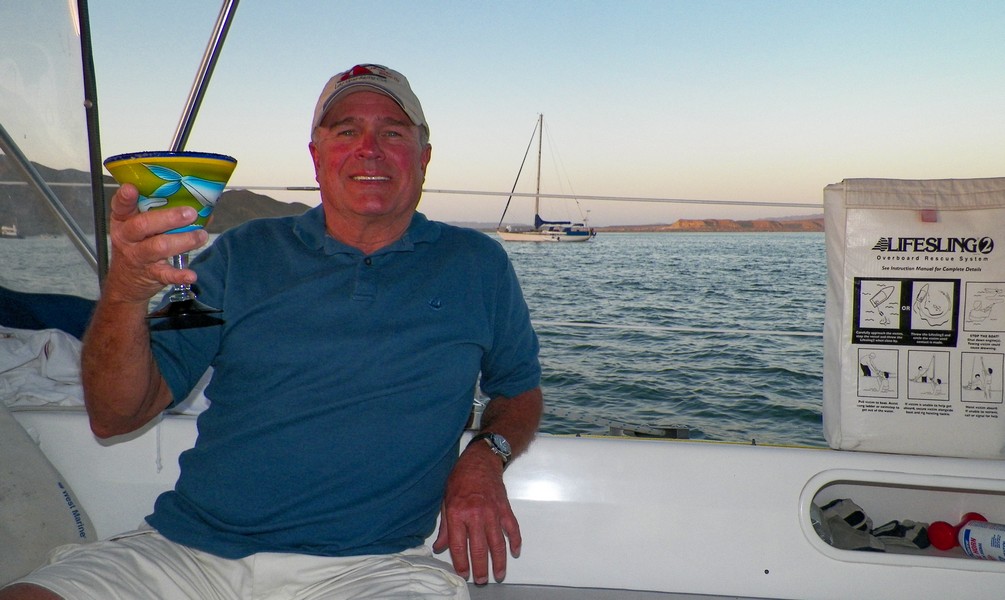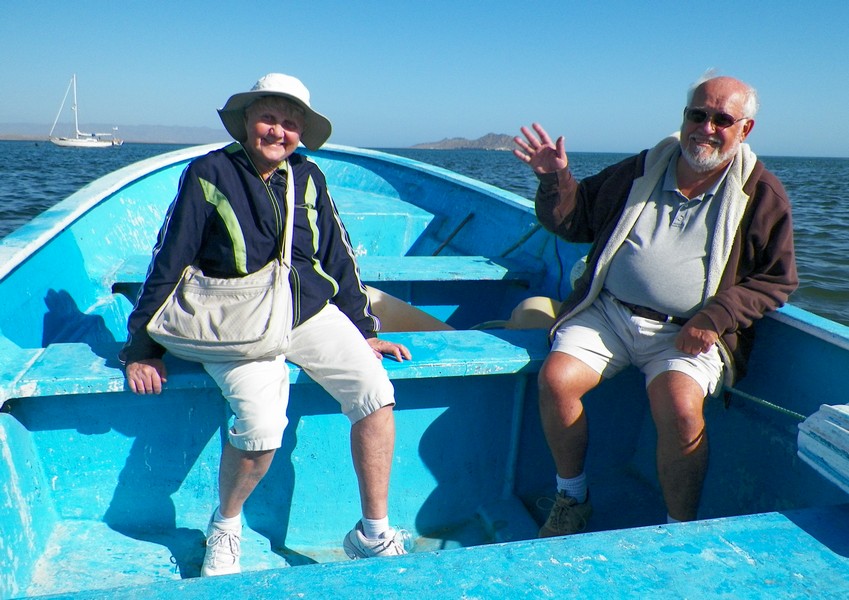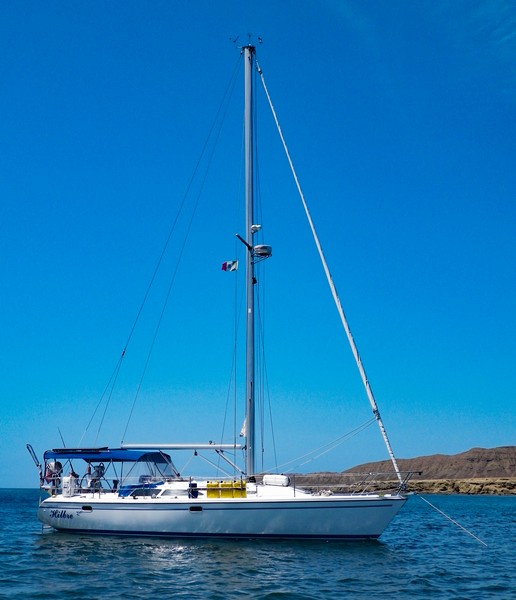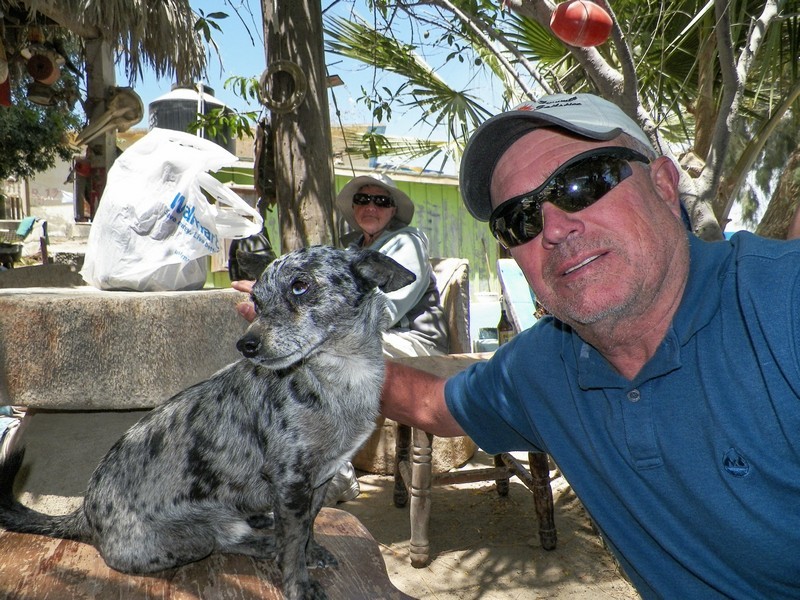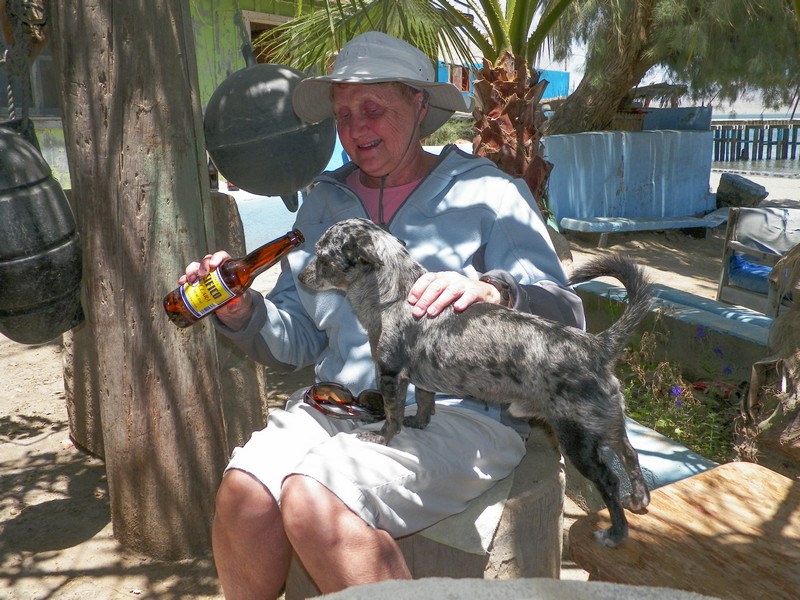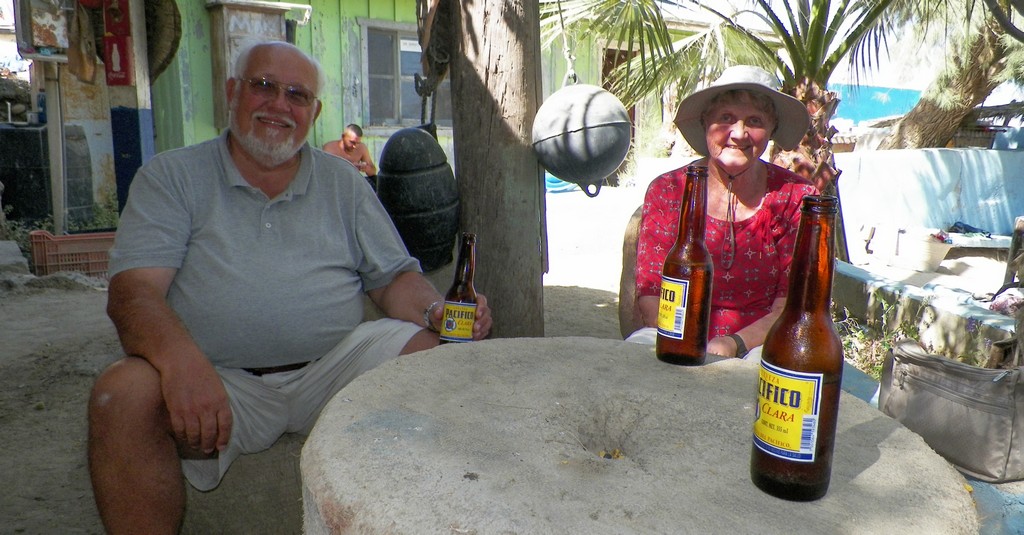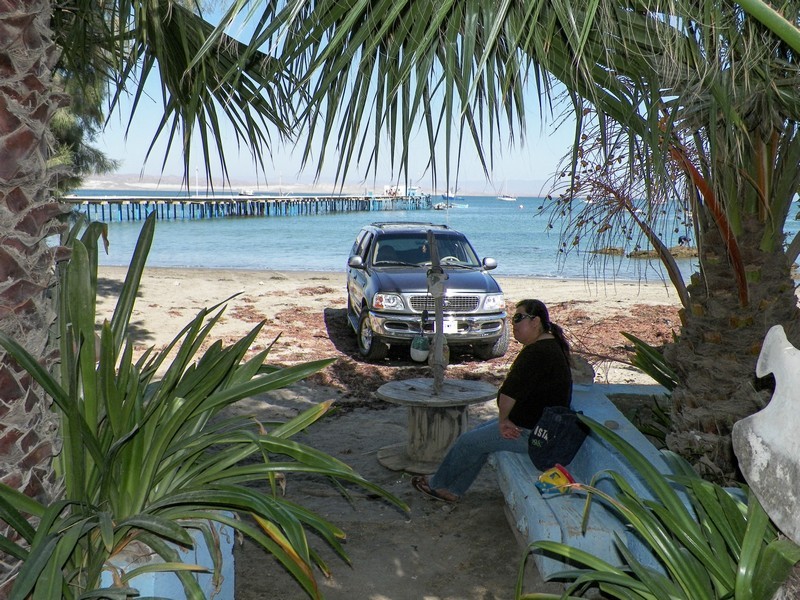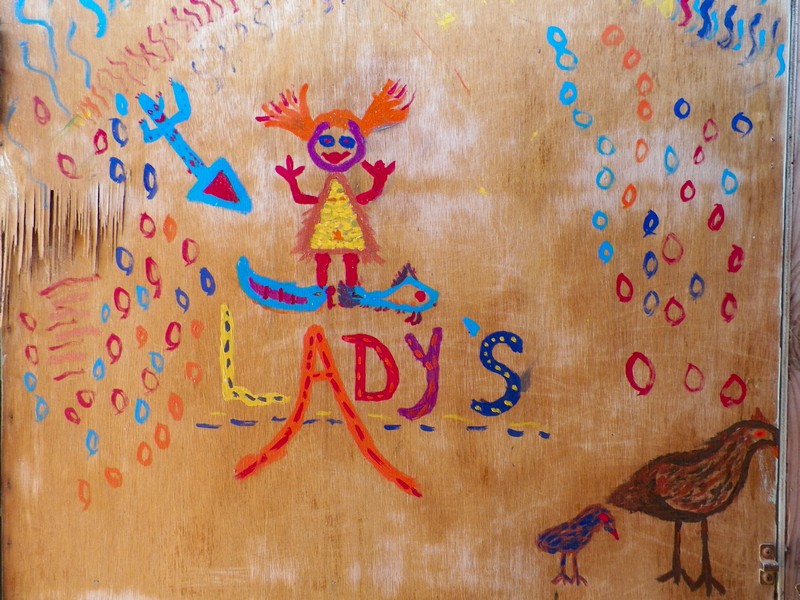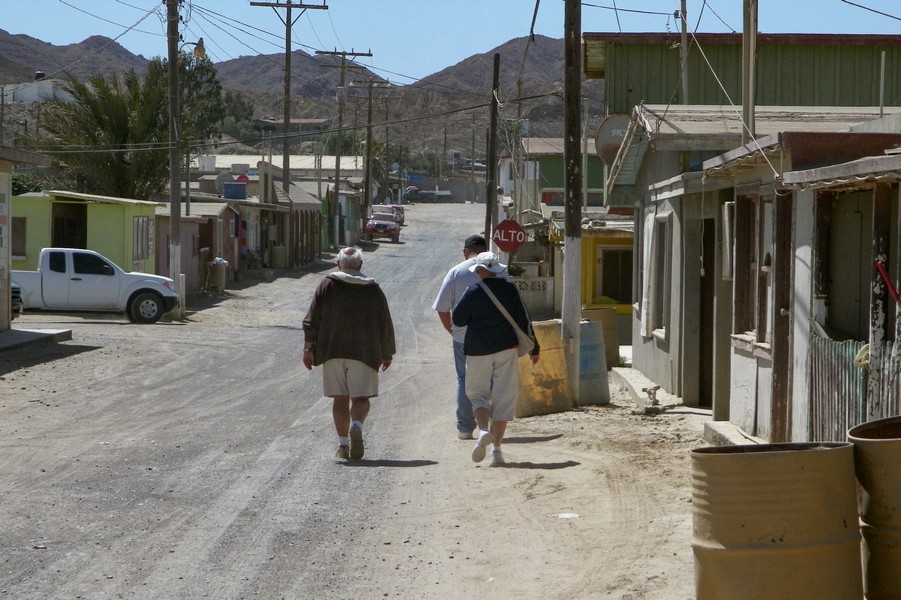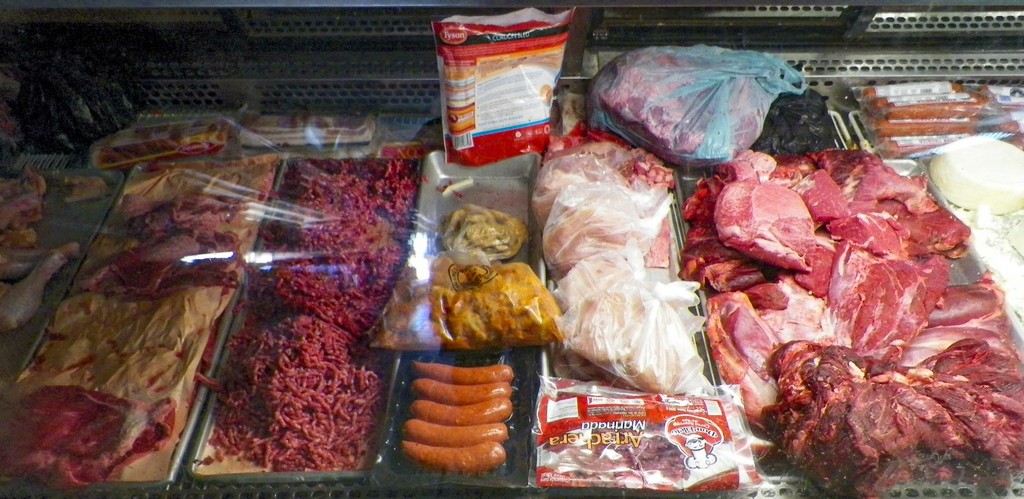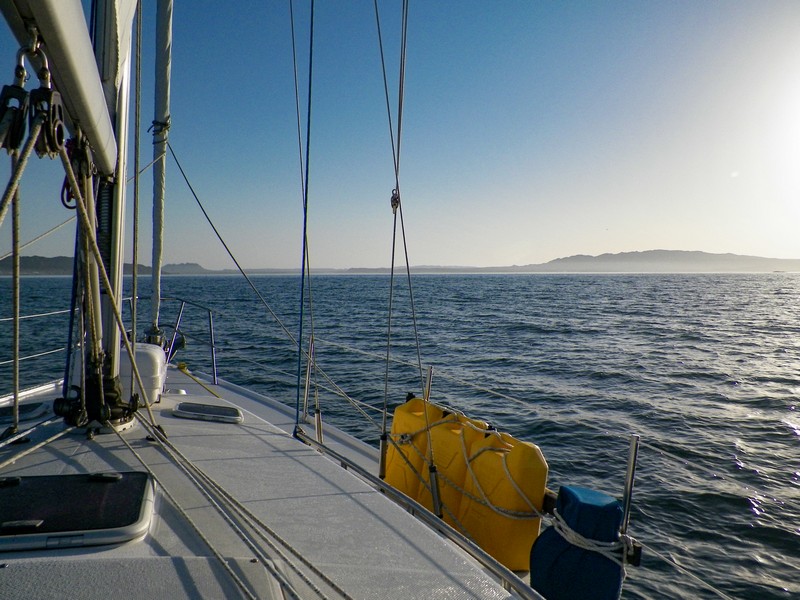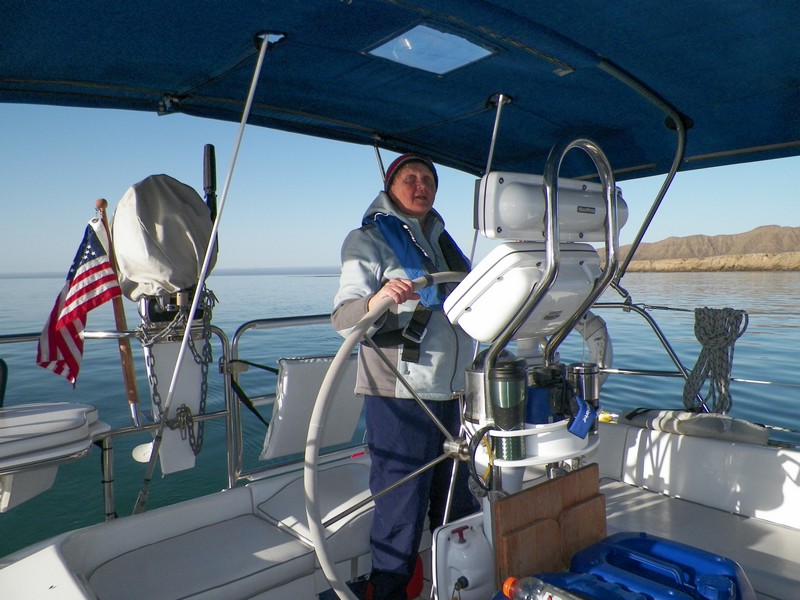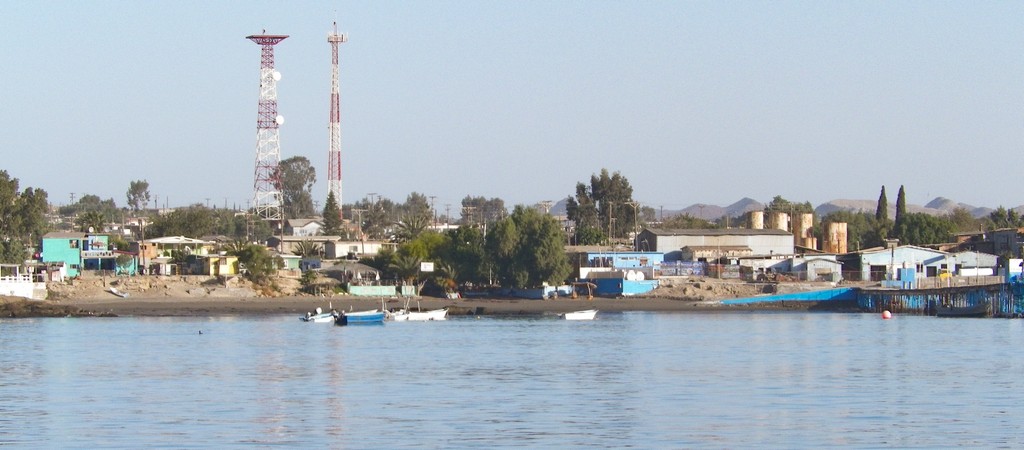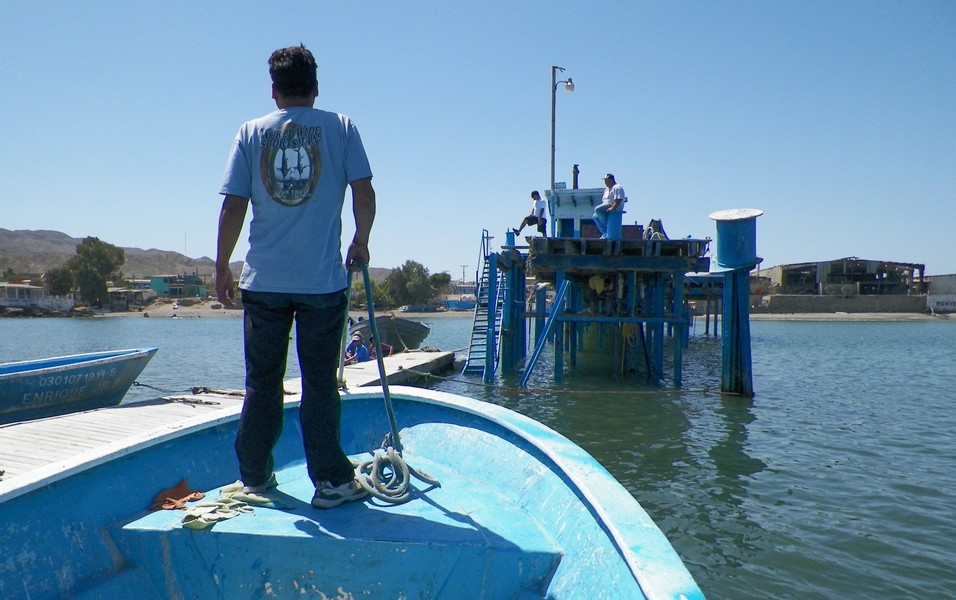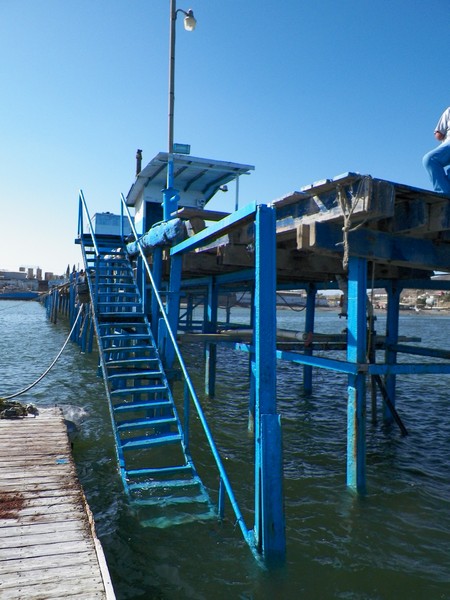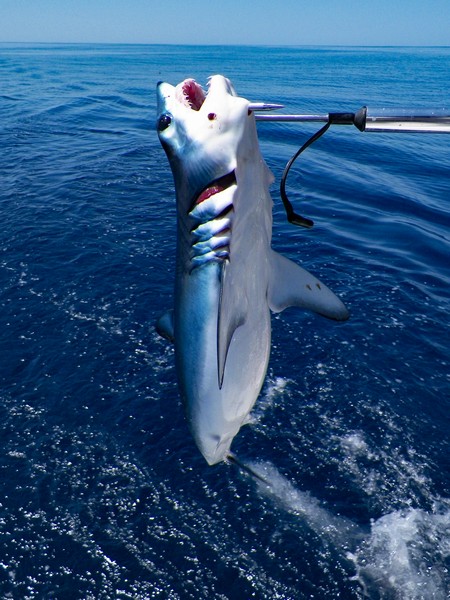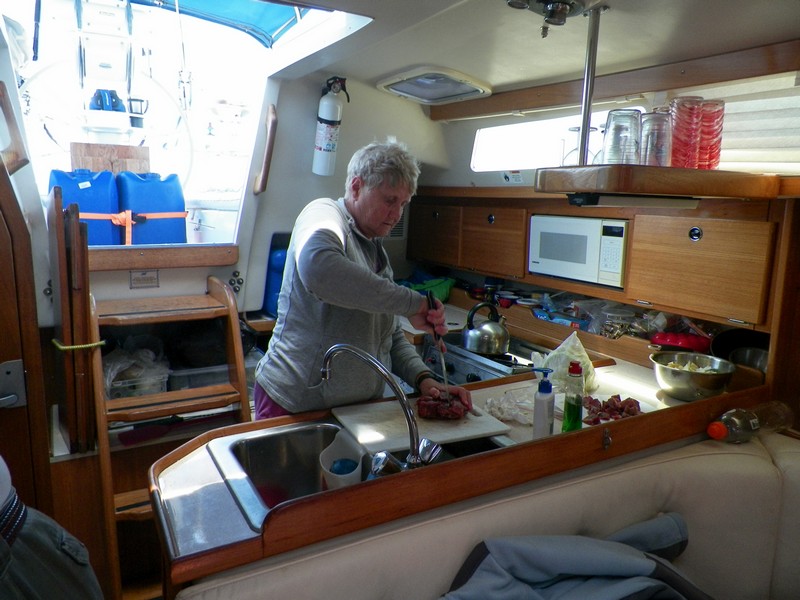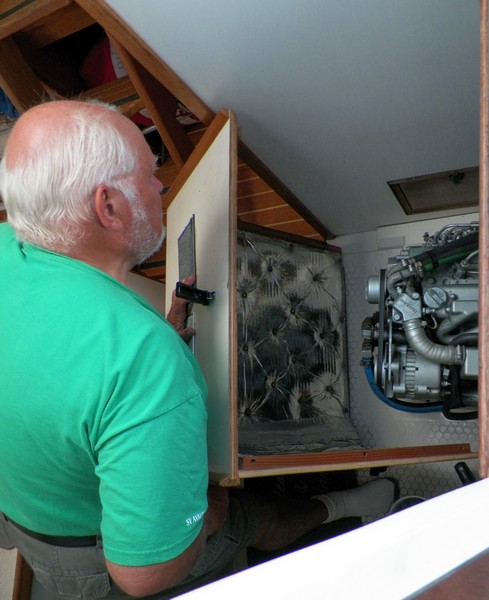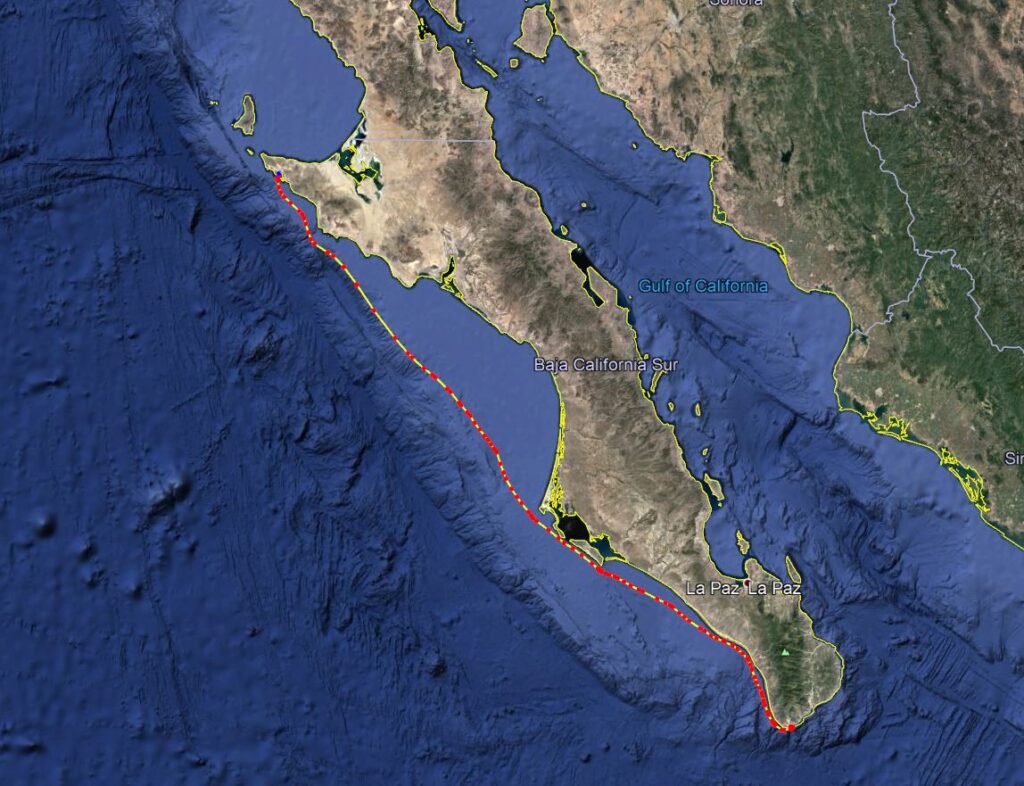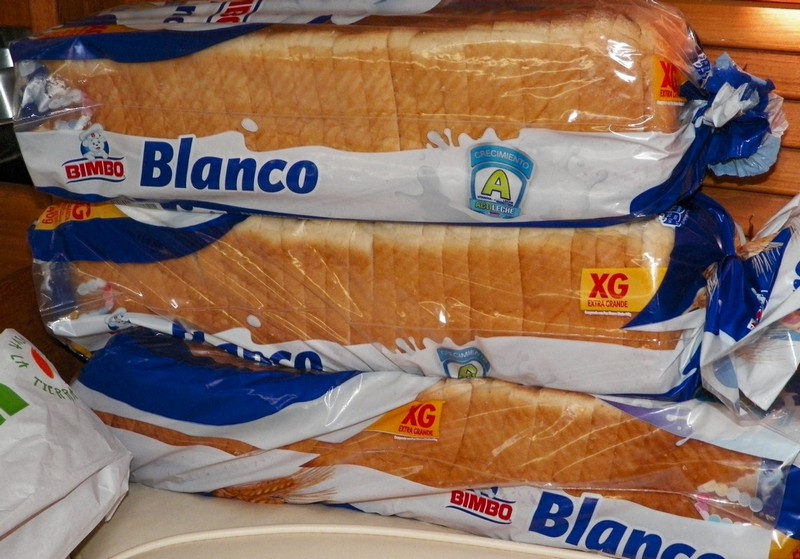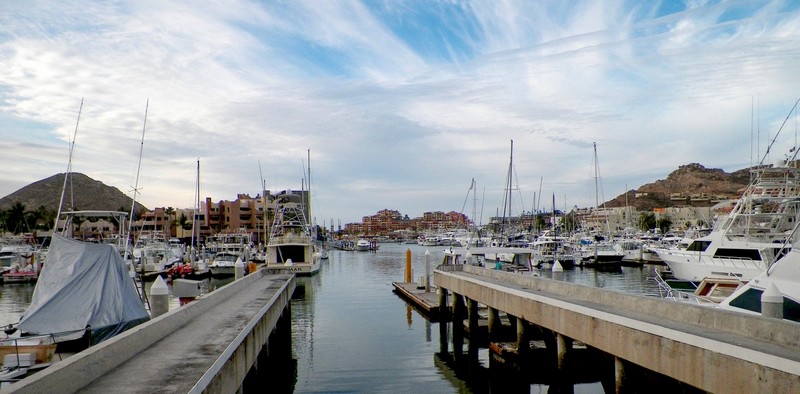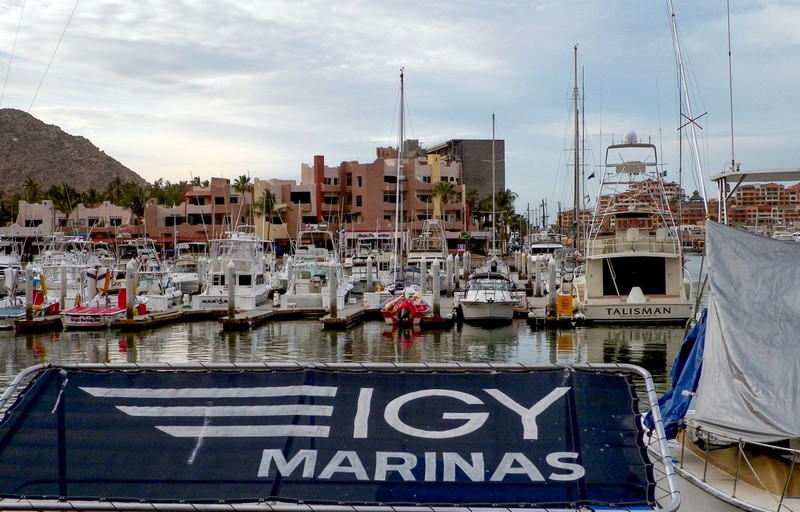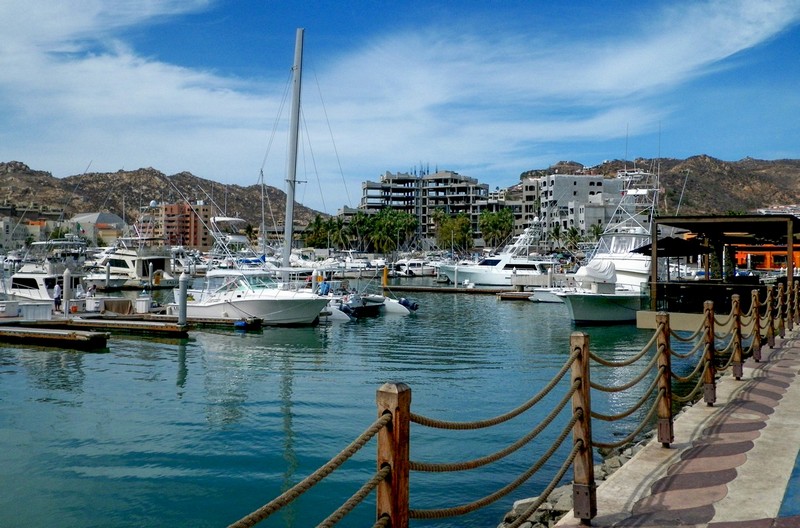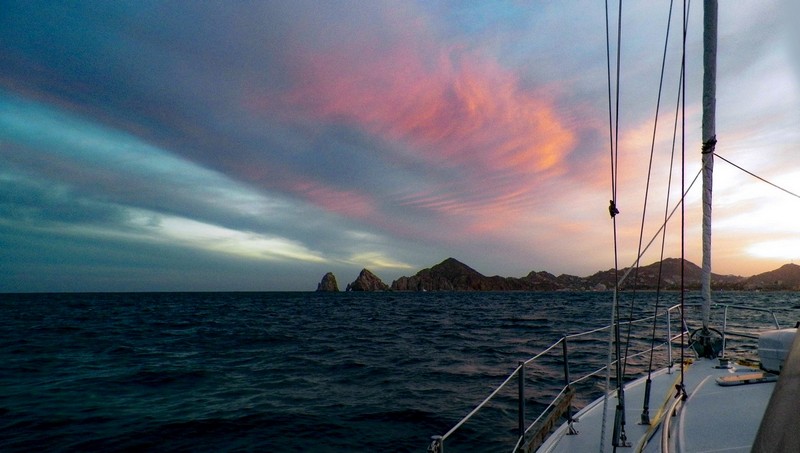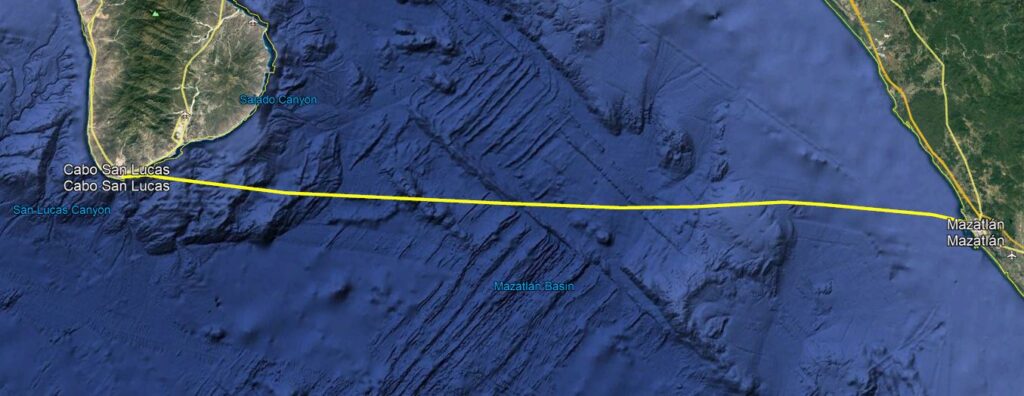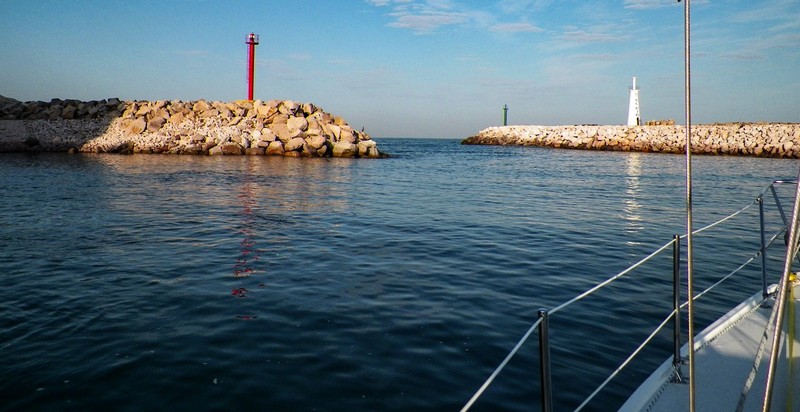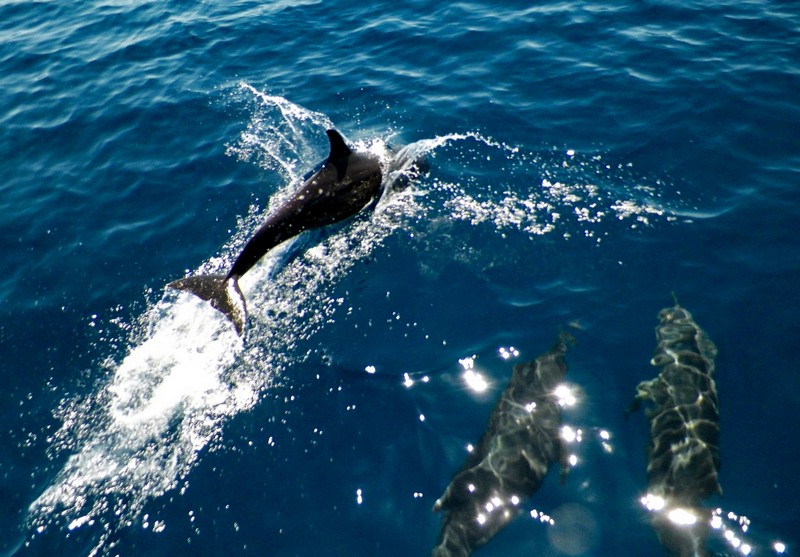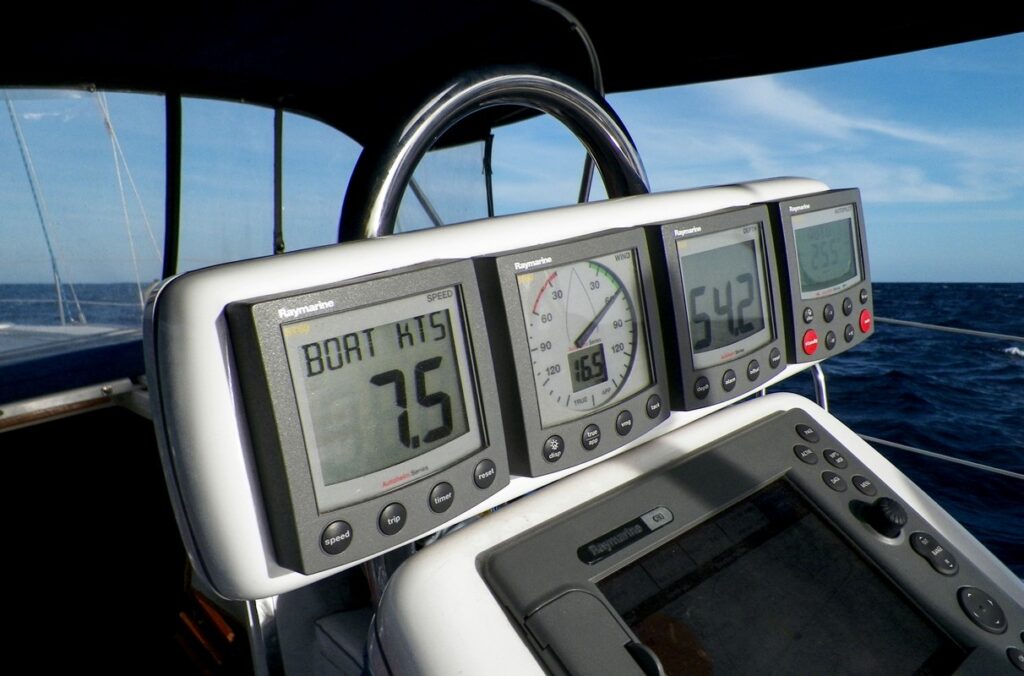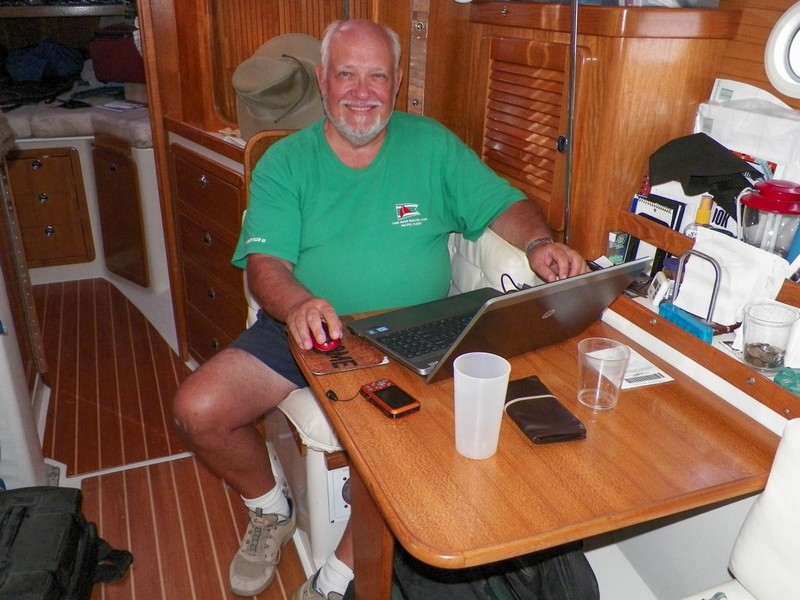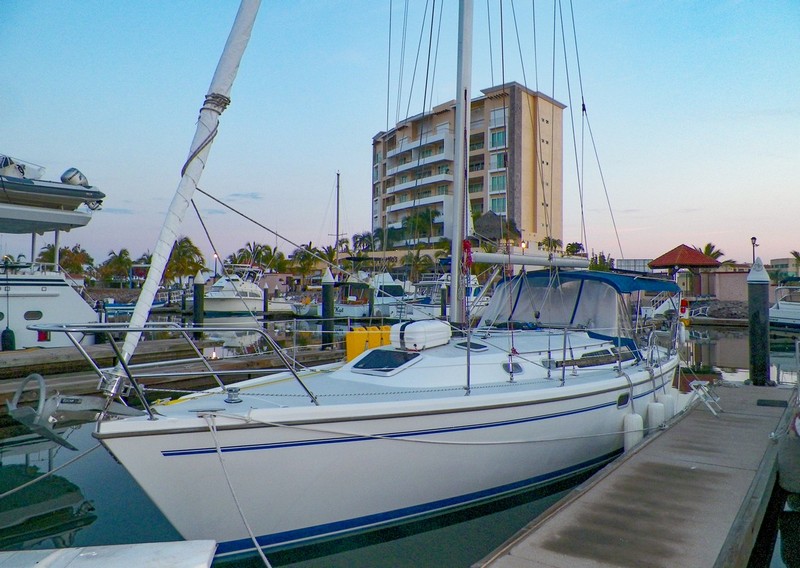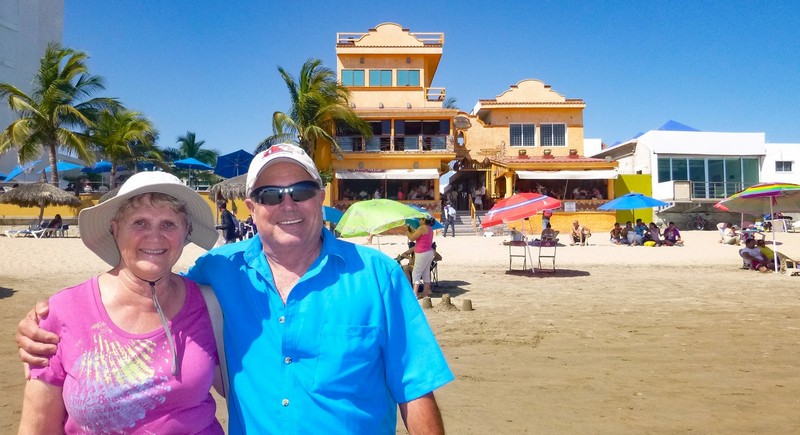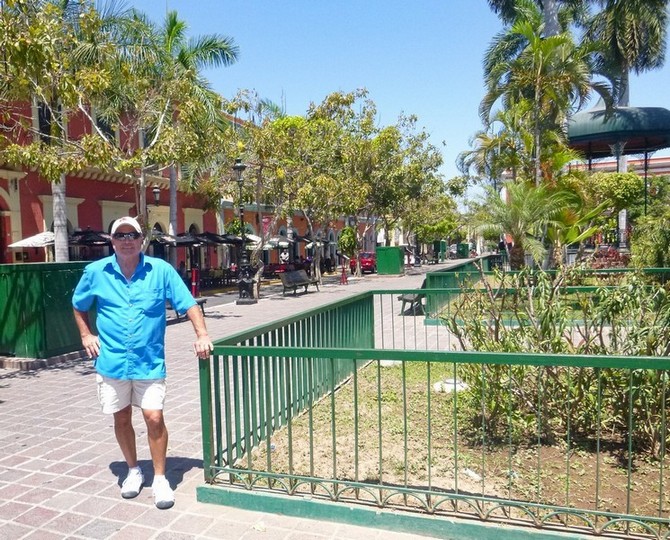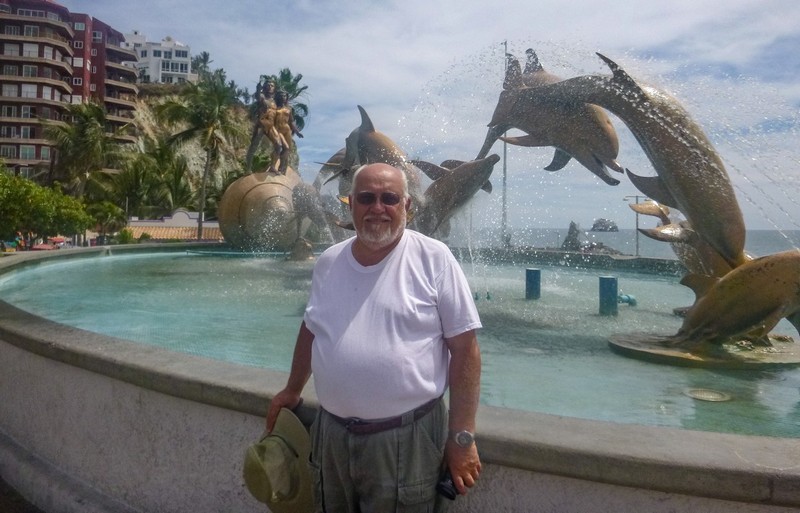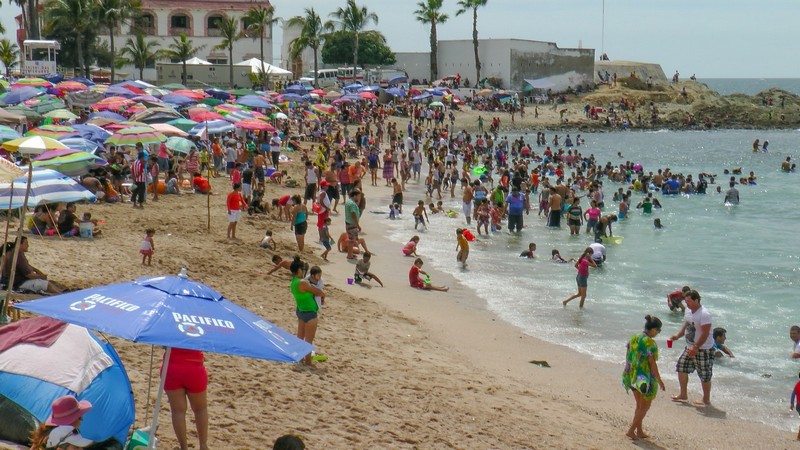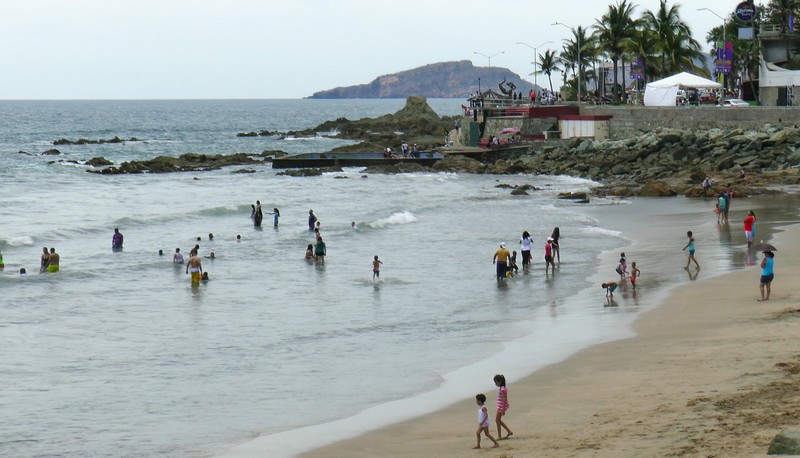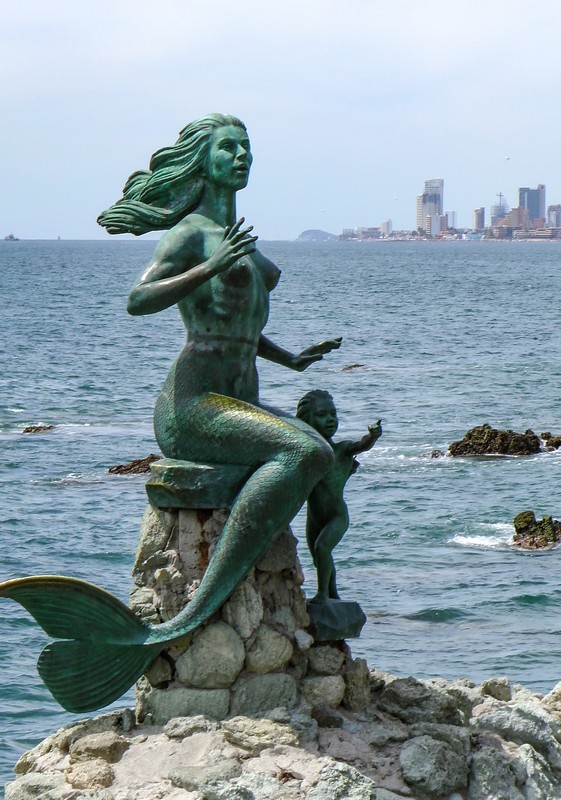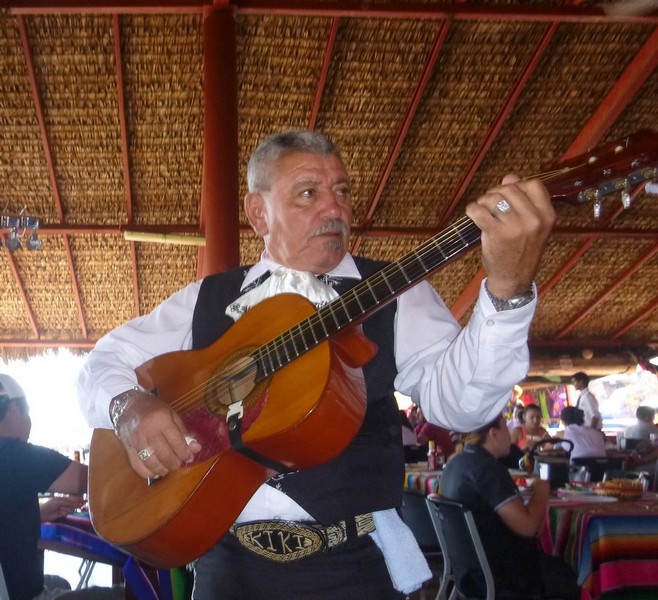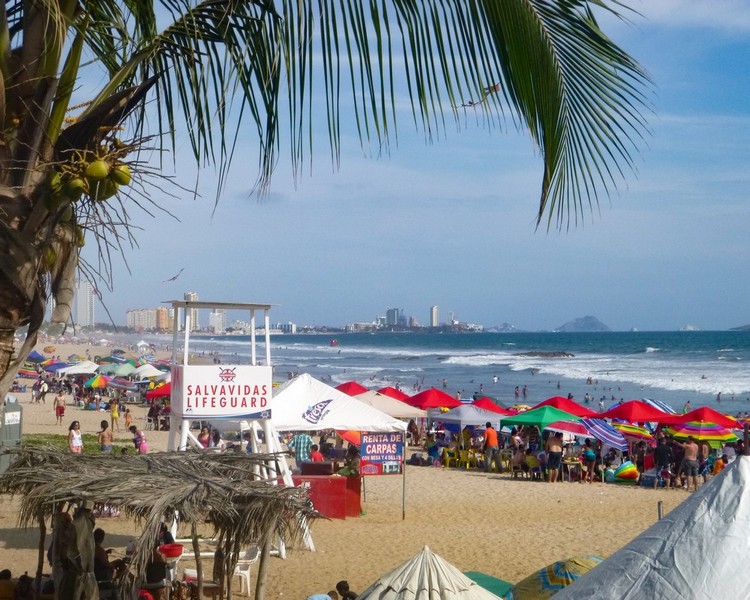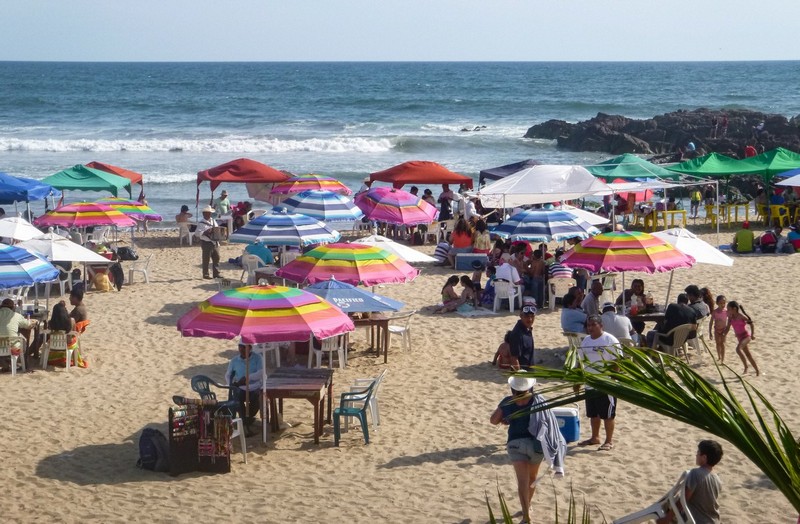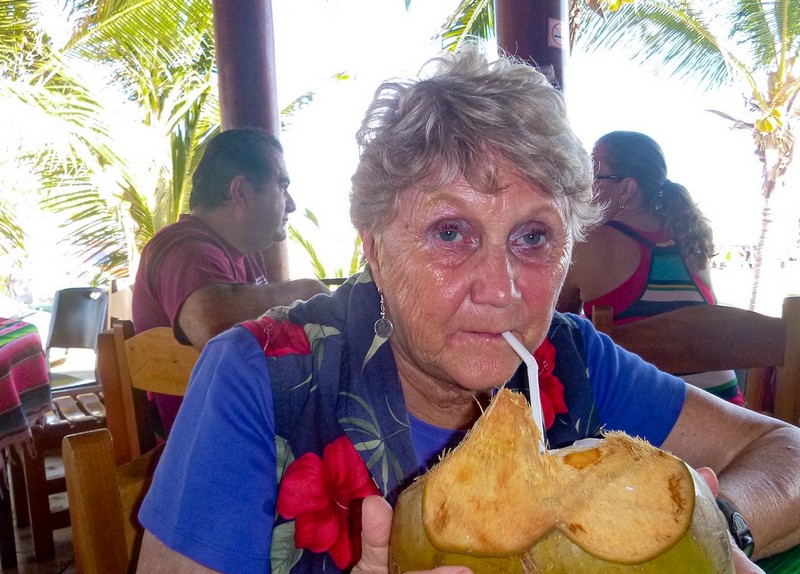Monday, 19 May 2014 – The Bash Summary
We are tucked into our slip in the Cabrillo Marina in San Pedro after completing the final leg of the ‘Bash.’ This leg was uneventful with a light SW wind and slow long swells, barely enough to motor-sail. However, it was nice to see Angel’s Gate after three years and even better to be in our slip. The “Bash” is finally behind us.
The Bash – There are many individuals who are willing to offer advice on doing the Bash but have never done it. Of the people who I talked to who have done it, the best advice was seek out good weather windows, be patient, do not have a schedule and go as far north as you can as fast as you can. Books on doing the bash have lots of advice but in all honesty, it is all up to weather windows and good news does not sell books. Lots of people have done the Bash, you only hear about the horror stories. It is a miserable and often uncomfortable point of sail, but it is possible to complete it without having any major events.
Indeed, we were careful to ensure that the boat and the engine were up to the task. If in any doubt do not do it, getting major parts or doing major repairs can become a big and expensive problem. Having extra crew, and there were three of us, was helpful to keep the watches short. We did three-hour watches and having three crew was a good balance for the trip.
We had many spare parts on board as well as extra fuel and oil filters. We changed engine oil in Cabo, Turtle Bay and Ensenada. All fuel filters were replaced in Cabo and all fuel taken on board was put through a West Marine (Baja) type filter before going into the tank. We also changed the transmission fluid. It was not clear how much fuel we would need to get us to Turtle Bay or from Turtle Bay to Ensenada, so we acquired two ‘Mexican’ Panga style jugs each holding about 12.5 Gallons of Diesel for about 60 Pesos in Puerto Vallarta. We already had six five-gallon containers and while our fuel tank holds 25 gallons, we used 20 for estimating purposes. The total fuel we carried for each leg was 70 gallons. This was all based upon our estimated burn rate and our speed over ground (SOG) that allowed for up to three plus knots. We refueled in Turtle Bay but not in Ensenada and ended the trip in LA with a full tank and five gallons to spare. We had plenty of engine oil on board should we blow a seal or have other engine issues.
The plan called for preparing four pre-cooked main meals that would need re-heating so that galley time was minimized. We had plenty of snack foods available for whoever was on watch. One of our favorite nighttime snacks were hard boiled eggs.
We did not have a SSB radio, but we did have a Telcel BandaAncha Internet modem which may have worked for getting GRIB weather files in Mag Bay. However, we were too far away from the antenna so although we got a connection, it would drop after a short time. It did work in Turtle Bay from the anchorage and also as we passed Cedros Village. While it was slow, we did get the weather information we needed. Otherwise, you tend to rely on other cruisers for weather reports or use the internet cafe in Turtle Bay.
We started out from Cabo with a good three day and possibly four-day weather window. We cruise at about 5.5 Knots and as recommended we hugged the coast about 2-3 miles offshore until south of Mag Bay. There was no noticeable south current this close in and we only noticed the current when passing Mag Bay which was running at about 1.5 knots.
Continuing north with good weather, we closed with land about 30 miles south of Turtle Bay having taken a direct route from Bahia Santa Maria to Bahia Asuncion. After coasting north about 4-7 miles offshore, we finally arrived off Turtle Bay in a morning mist that cleared as we entered the bay and dropped anchor.
The first GRIB download was disappointing as it looked like the next weather window would be five days away. In the end we were anchored in Turtle Bay for a full week along with some other cruising sailboats, one with a leaking oil seal and one with a broken Transmission. A few other sailboats with delivery Captains came and went, usually just spending one night for rest and refueling. One of these boats did return after leaving in the morning as they found the going to be too difficult. The rest of us waited out the weather. The week passed quickly with enough with trips ashore for supplies and to stretch our legs. The main concern was fresh water however, we carry 72 Gallons in three tanks along with about 21 gallons of purified drinking water. With careful conservation we still had 25 gallons of fresh water and 5 gallons of purified drinking water when we arrived in Los Angeles.
We finally found another good weather window of four or five days and anxious to get out of Turtle Bay, we gritted our teeth and set out after a week the seas being stirred up. We knew we would have a rollicking first day until the seas settled down. Indeed, we had long swells but favorable wind in the 10-15 knot range for motor sailing to the way to Cedros Island.
Our route took us through the channel between Punta Eugenia and Isla Natividad. We did benefit for the time we were in the Lee of Natividad but strong beam seas and wind hit us after we started the crossing to the Lee of Cedros Island. We made use of this for some fine if not rough sailing.
Coasting north we did encounter winds of up to 30 Knots blowing down steep Arroyos just south of the north anchorage in Cedros. Two other boats that had tried to continue crossing Vizcaino Bay turned back and anchored with us overnight. The north anchorage of Cedros is an open roadstead with a few small beaches inhabited by Sea Lion colonies. We anchored on the shelf in about 25 feet of water, about 200 yards off one of the beaches. The bottom is gravel and rock and if I anchor there in the future, I will use a trip-line on the anchor.
Our final three days after Cedros and crossing Vizcaino Bay found us in long swells, up to 18 knots of wind and a strong 2 knot current. We closed with land just south of the Sacramento Reef. From there, we stayed about 3 – 5 miles offshore and inside of the continental shelf. We had been told that north of San Quintin the weather is often benign, and it was. The final leg from Ensenada to San Pedro was uneventful and our clearance into the US was handled efficiently at the slip in San Pedro.
Would I do it again? Probably, but not any time soon. It is a long, somewhat boring and at times uncomfortable trip where you need lots of patience and perseverance in a well found and equipped boat. It can be done safely with careful planning, minimizing risk, and having no fixed schedule. Paying careful attention to weather and navigation is essential.
